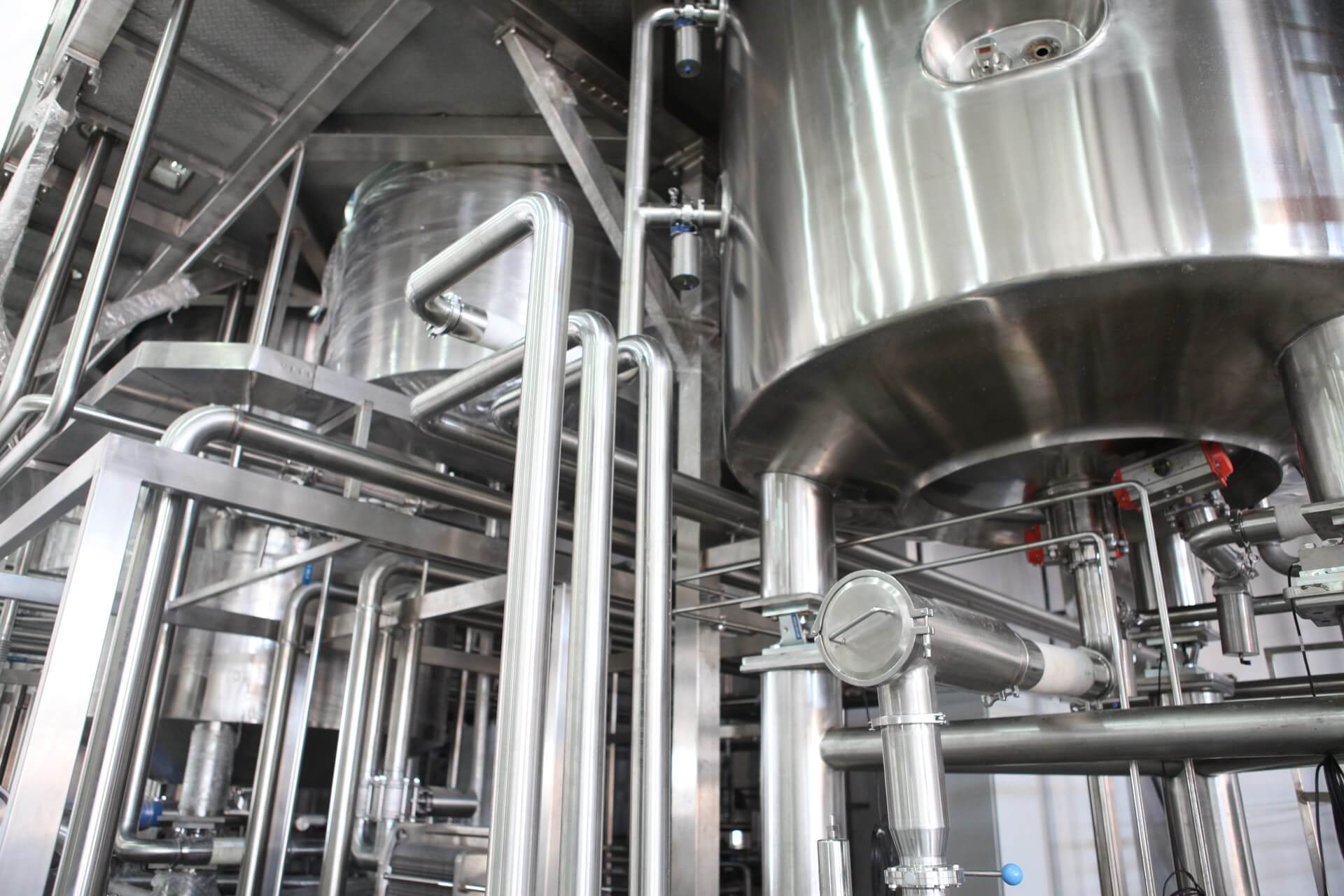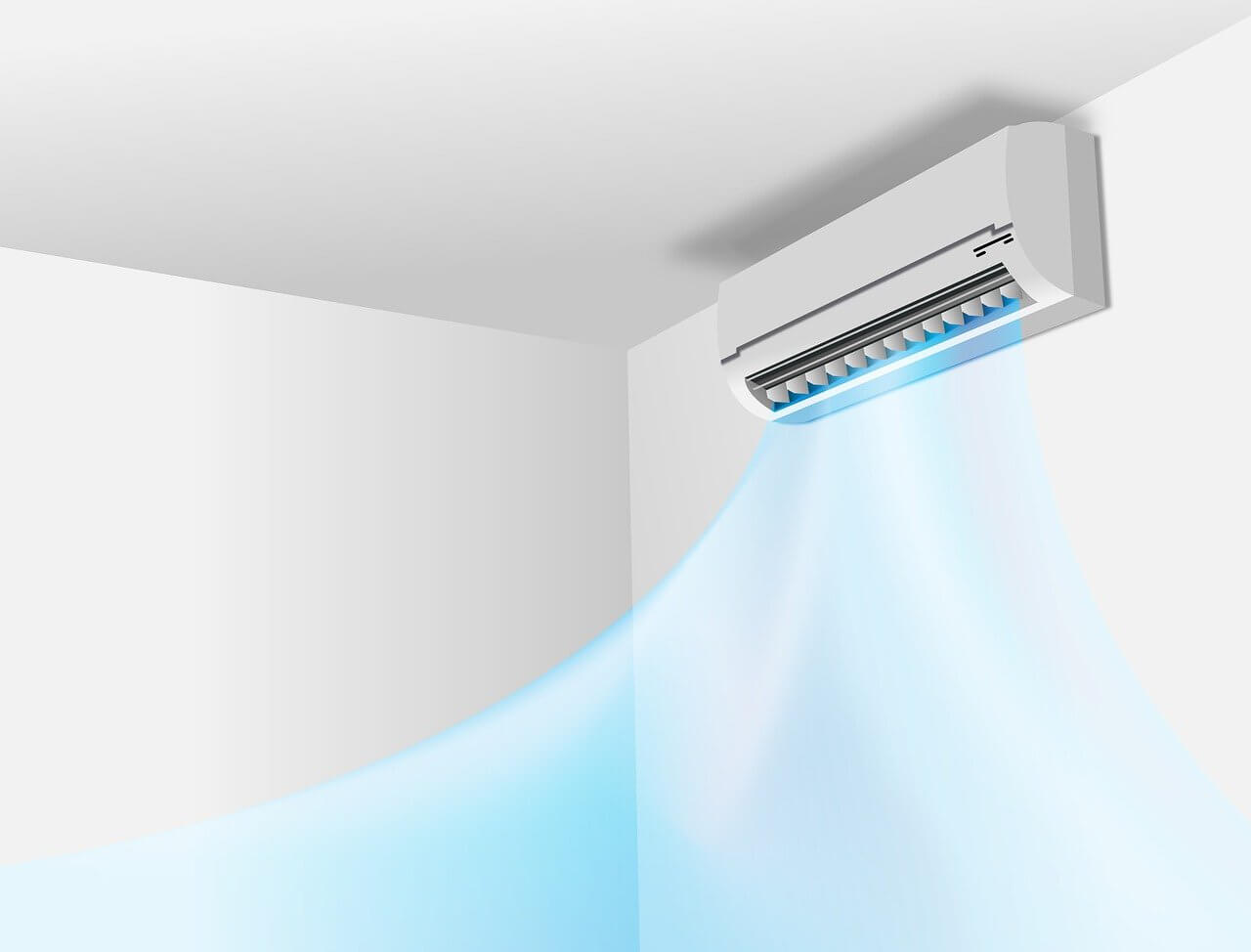The Future of Businesses and HVAC Technology in 2024
Discover the latest advancements in HVAC technology and how they will impact businesses in 2024. The HVAC industry is constantly evolving, with new...
2 min read
![]() Standard Plumbing & Heating
:
Oct 8, 2021 1:29:56 PM
Standard Plumbing & Heating
:
Oct 8, 2021 1:29:56 PM

Unless you operate a waterpark, finding puddles in your commercial facility is distressing. Under most circumstances, standing water is itself a hazard as well as an indicator of a larger problem.
If you find puddles of standing water in your commercial building, there are three potential sources that could have led to the collection of water on your floor…
When it rains (or in the following days), water can find its way into your building through cracks, holes, or leaks in the roof, windows, foundation, or walls of your commercial building.
In addition to the timing (after a rainstorm) the other indicator of the source of the water is where it is found in your building.
If the water is found near the corners of a room on the lowest level, under windows on any floor, only on the top level, or otherwise far away from the internal plumbing system, then it is possible that you are dealing with a leak from the recent rain. After inspecting any plumbing systems that are nearby to rule out the possibility of a plumbing leak, you should call in an expert to determine the source of the leak and determine the next course of action.
As alluded to in the previous point, puddles of water inside of your building can find their way out of an internal system and onto your floor.
Sometimes these leaks can come directly from fixtures such as faucets or toilets that are either malfunctioning or just beginning to wear and leak. In some cases, the only long term solution will be to replace the fixtures, but in the short term the water supply can be cut off to the problem fixture until a solution can be found.
A larger issue can be when the leak comes from the internal piping system in the building. Before finding a puddle on the floor, noticeable stains and discoloration from water damage could be noticeable to ceiling tiles or walls.
Typically, leaks in pipes occur at junctures where fittings connect two separate pieces of pipe. Additionally, sometimes sections of pipe will fail directly adjacent to an area that was welded. These should be inspected by a professional in order to determine the cause and the long term solution for the leak.
Finally, the other way that water can find its way into the inside of your building is riding upon an airwave before condensating around windows, pipes, and into a puddle on your floor.
Although a small amount of condensation is somewhat inevitable at times, particularly in hot and humid climates, condensation that accumulates to the point of becoming a puddle is a serious problem.
If you notice excessive condensation around windows and especially if you find standing water, you should call an HVAC technician to inspect your air conditioning system as soon as possible. The risks of a malfunctioning or inefficient air conditioning system include wasted resources and money, growth of mould or other bacteria, and the danger of serious injury to employees from slips or falls.

Discover the latest advancements in HVAC technology and how they will impact businesses in 2024. The HVAC industry is constantly evolving, with new...

The average cost of a new commercial boiler is about $50,000 but could be a lot more depending on your expenses.

A ductless air flow system is one of the most cost-efficient ways to cool your home or place of business.